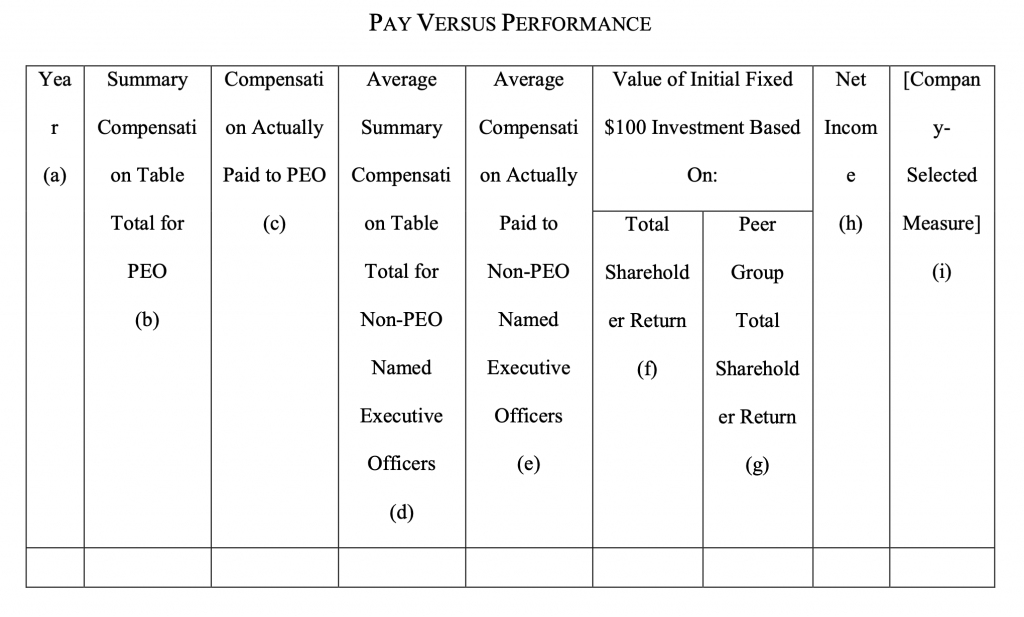Many companies have been grateful for the extension provided by Form 12b-25. While the extension period is not long (five calendar days for a quarterly report and 15 calendar days for an annual report), so long as the delayed report is filed within this grace period a company does not lose its timely filer status. Perhaps most importantly, it also retains its S-3 eligibility.
But what if a company knows that it will not be able to file its report within the extension period provided by Form 12b-25? Should it still file a Form 12b-25? Thanks to some research by Gary Brown, Partner at Nelson Mullins Riley & Scarborough LLP and SEC Institute workshop leader, we know the answer to this question is a resounding yes!
This answer is found in a Compliance and Disclosure Interpretation:
Question 135.02
Question: Is a company required to file a Form 12b-25 even when it anticipates filing a periodic report after the Rule 12b-25 extension period.
Answer: Yes. Under Rule 12b-25(a), a company must file a Form 12b-25 for a periodic report that is filed after the due date regardless of whether it anticipates filing the periodic report within the extension period. See Exchange Act Release No. 16718 (Apr. 2, 1980). If the company does not anticipate filing the periodic report within the extension period, it should not check the box in Part II of Form 12b-25. [September 30, 2008]
So, even when a company does not expect to be able to file the delayed report within the extension period, Form 12b-25 should still be filed.
Here a few quick notes about Form 12b-25:
Generally, Form 12b-25 is filed the day after the deadline for the periodic report.
This form appears on the EDGAR system as a form NT, either NT 10-K or NT 10-Q.
Lastly, as an important reminder, remember that Instruction II(a) and Part III of Form 12b-25 require disclosure of the reason the report cannot be filed on time:
PART III — NARRATIVE
State below in reasonable detail why Forms 10-K, 20-F, 11-K, 10-Q, 10-D, N-CEN, N-CSR, or the transition report or portion thereof, could not be filed within the prescribed time period.
(Attach extra Sheets if Needed)
This disclosure should be complete and accurate, as this SEC Enforcement Press Release against eight companies demonstrates. These companies failed to appropriately disclose that the causes for their late filings were possible or anticipated financial statement restatements.
As always, your thoughts and comments are welcome!
